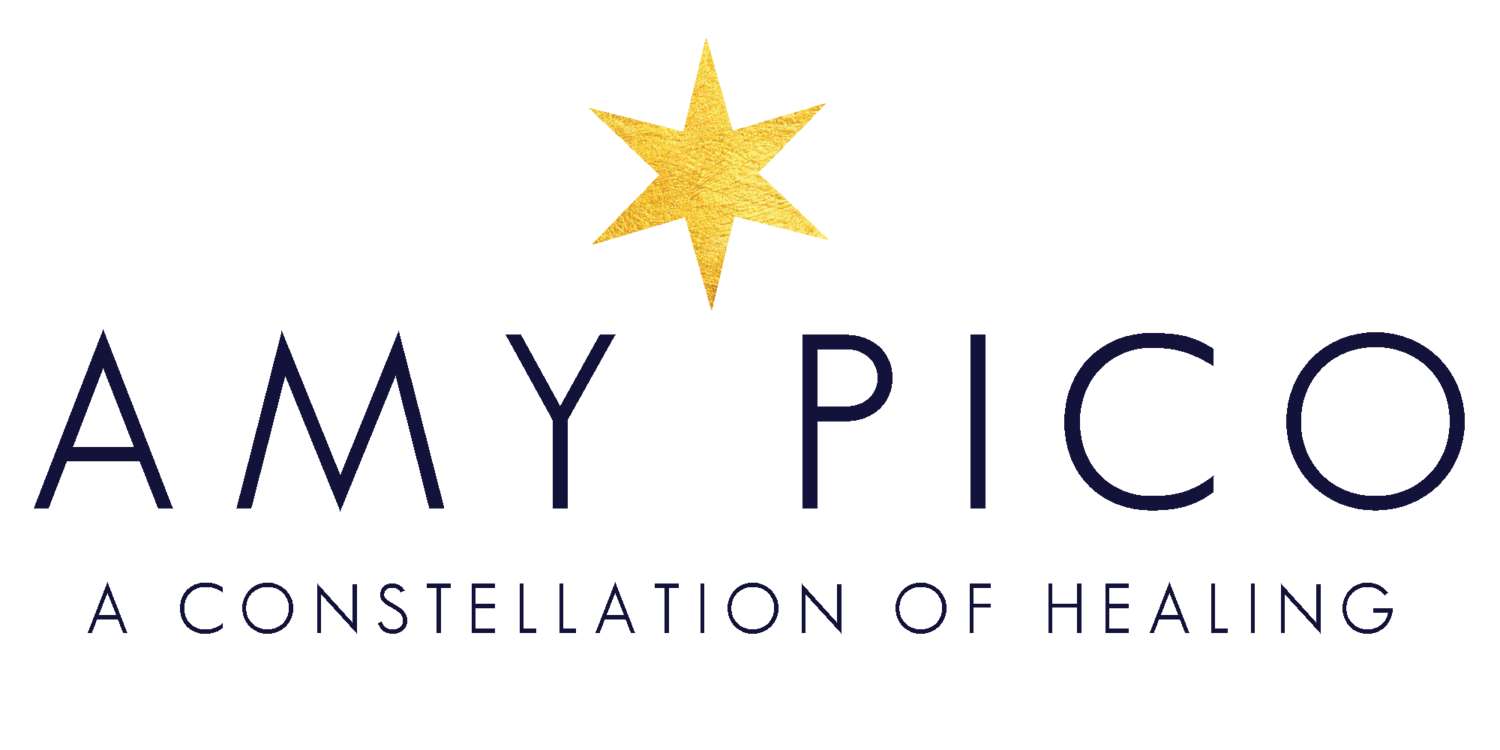In the past year, I have been in a nine-month training program for ketamine-assisted psychotherapy (KAP). I have previously written on the topic of psychedelic therapy here, and have been offering integration services for clients since early 2020.
For those of you who aren’t familiar with what integration therapy is, here is a brief description: when a person knows ahead of time they will be undergoing ketamine-assisted therapy (the only legal form of medicine-assisted therapy available), it is recommended they connect with a therapist to help prepare them for the sessions. These preparation sessions can help to process the goals of seeking KAP or other forms of plant medicine therapy. While I can help a client to set their intentions and plan for aftercare, I can not recommend clients seek to use illegal substances. Since I practice a harm-reduction model to substance abuse, clients are encouraged to discuss their plans while not expecting me to give direct feedback to use of illegal substances.
There are other indications for potential clients to utilize integration services. I have had several clients who either knowingly or unknowingly injested a psychedelic substance, and had a very challenging experience with ongoing symptoms long after the substance has exited their system. Integration services can help a client process these challenging experiences, much like in trauma therapy. Other instances where integration work can be helpful are: after any type of psychotic episode, prolonged depersonalization or derealization, or deep existential crisis.
Very often, KAP is done in a series of sessions for the most effective, symptom reducing treatment possible. It is recommended that clients have regular integration sessions after their KAP sessions in order to process and make sense of what they have experienced into their every day life. Clients often find these sessions to be very useful, especially when they experience great relief in symptoms, but don’t always remember what to work on. Most types of psychedelic sessions, if done well, provide an opening in a client’s life to make more significant, long-lasting changes in therapy they might have previously struggled to implement.
To demonstrate this point, behavior change is one of the hardest things to consistently implement for clients. After several of my plant medicine experiences, I received clarity in the areas where I wanted and needed to make changes. Most of these changes come in the way of lifestyle medicine, otherwise known as biohacking. The simplest example of implementing lifestyle medicine is with consistent nutrition and exercise that will support my ongoing healing process. One of my main areas of lifestyle medicine is using nature: the sun, water, ground, and fire sources to help balance my body and mind.
This morning I wasn’t feeling well. In order to aide in my bodies immune response, I drove to my nearby freshwater spring. I have made lifestyle changes to live in an area where I can access natural elements year round. Taking a morning plunge in the 68 degree water, swimming around, and then sunning off, was medicine for my body, mind and spirit.
If you are curious about ketamine-assisted therapy—which I don’t provide directly—integration services for previous or upcoming plant medicine journeys, or want to know more about working with me, please fill out my online application here, see my provider listing in psychedelic support here, and read more about my personal experience with plant medicine here. I wish you well in your journeys!
After a morning soak in the freshwater springs.




